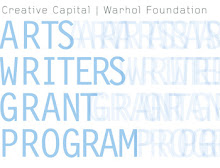
Anyway, I wrote up the proposal, got on the subway, and dropped it off at 5:00 at the office of a legendary literary agent. She called at 9:00 the next morning (I was still asleep and, at first, thought it was my aunt calling) to say she was interested in representing the project on the condition that I’d be willing to change it to interviews with celebrities. I was not. That wasn’t my idea at all. Who cares how celebrities meet? My interest was in real people—I saw myself as a collector of oral histories, the Studs Terkel of modern romance, spreading hope among the lovelorn.
Less than two years later I was walking by a bookstore in the Village and there it was in the window, How They Met, interviews with celebrities such as Walter Matthau, Robertson Davies, Jay Leno, Daniel Dinkins, and Carly Simon, published just in time for Valentine’s Day. I just checked, and you can buy it on Abebooks.com for $1.00. Not exactly a bestseller. (However I remember once reading, perhaps in Rolling Stone, that when Carly Simon and James Taylor first met at a party they went immediately into the bathroom to fuck—if it’s in the book, that story alone might make it worthwhile. But do we really care how Mrs. Matthau met Mr. Matthau?)
I can’t do the book now because it’s such a good idea that, completely independently, the New York Times took it up and the “Vows” column on the wedding page, is one of their most popular. However if anyone wants to comment and tell me how they met, I’m all ears.









.jpg)








